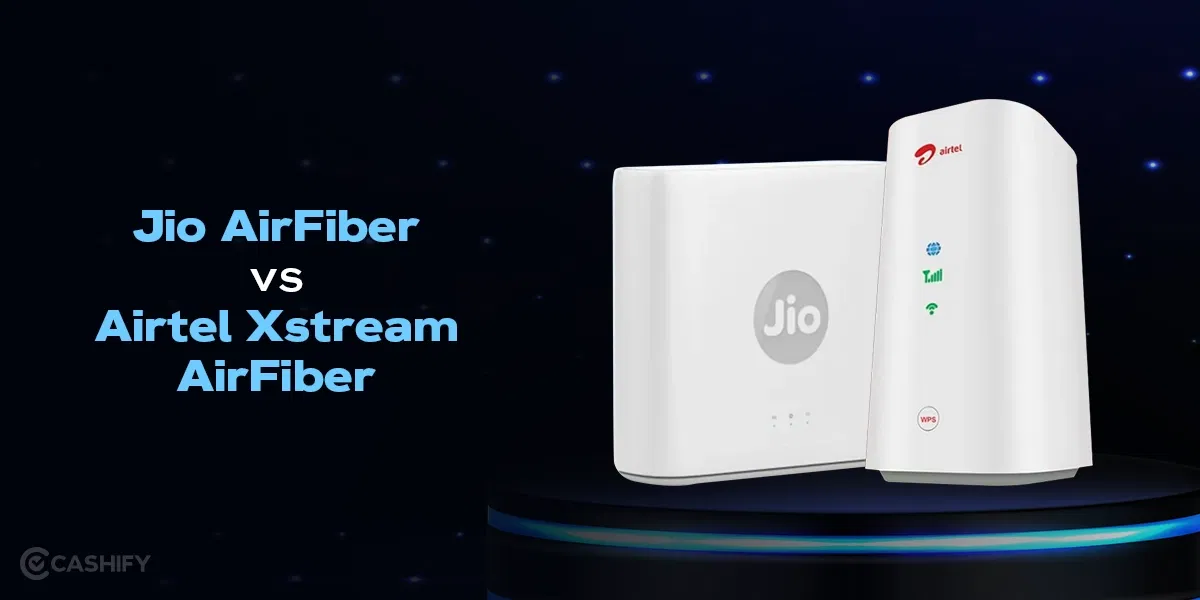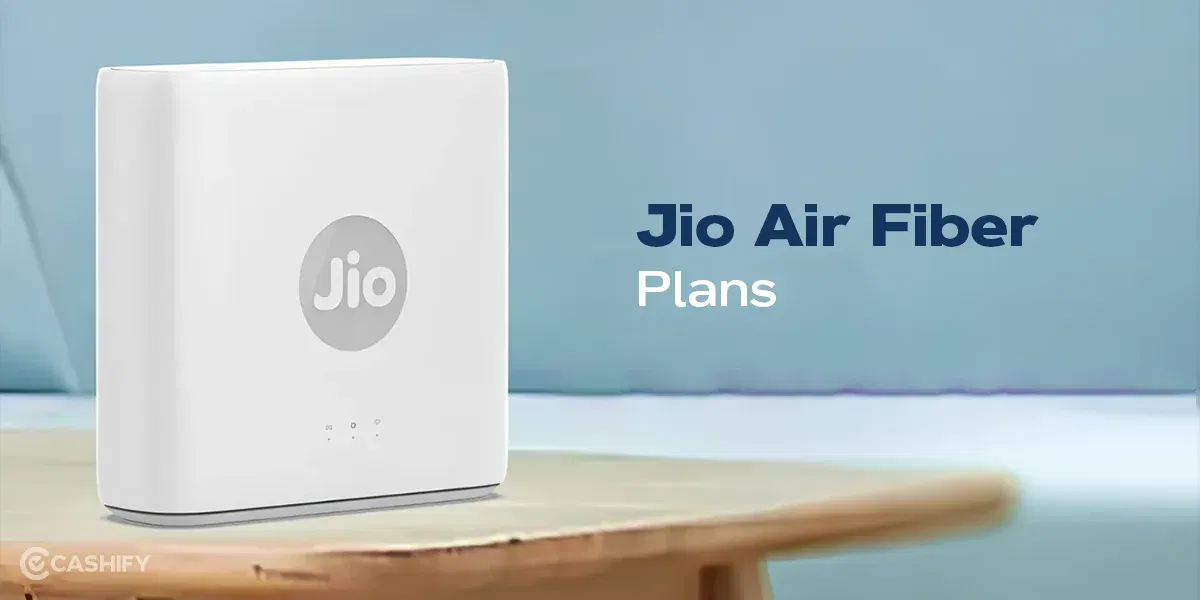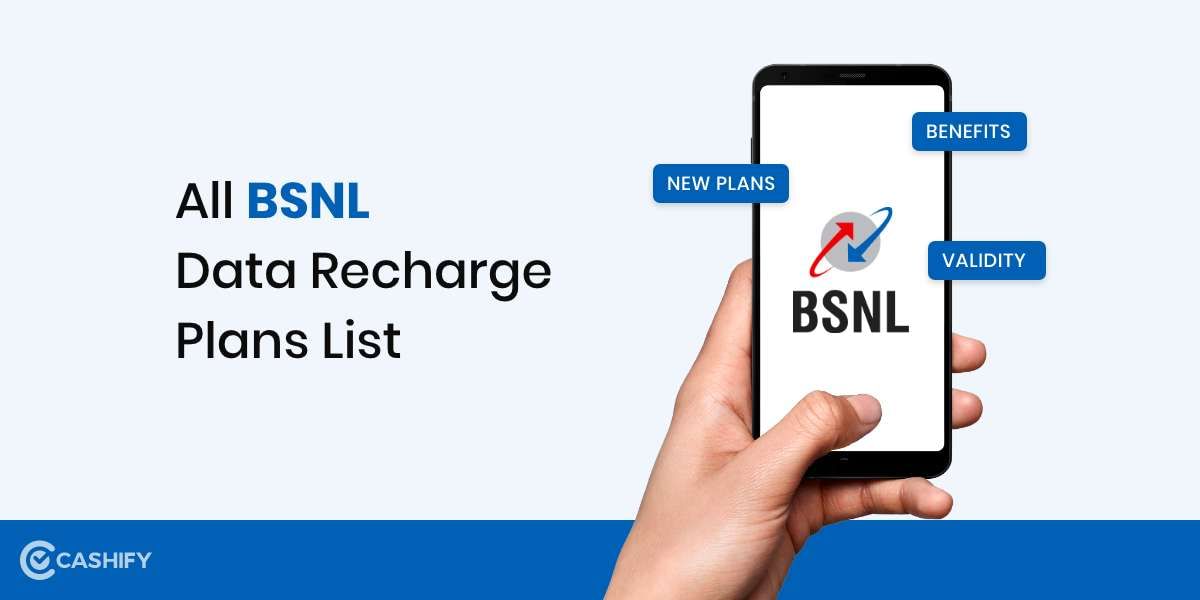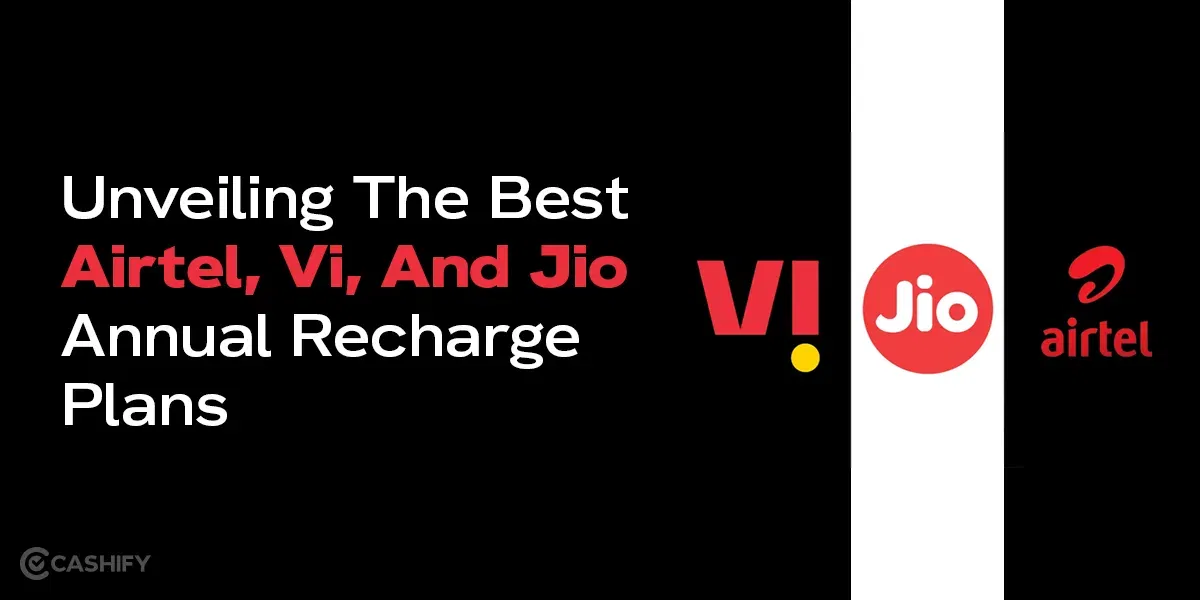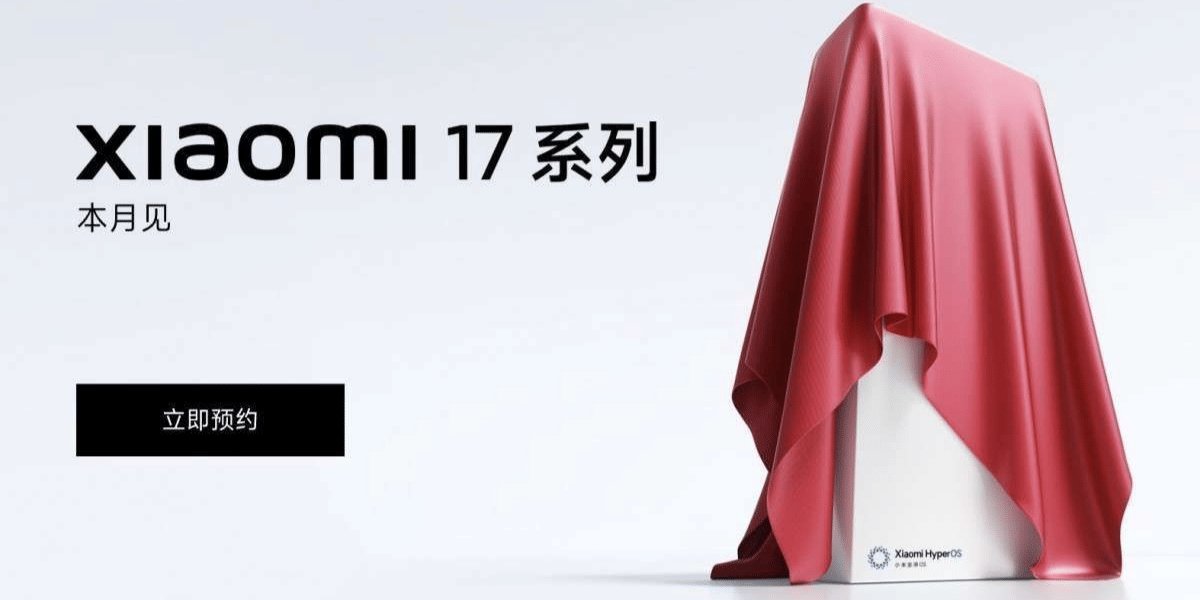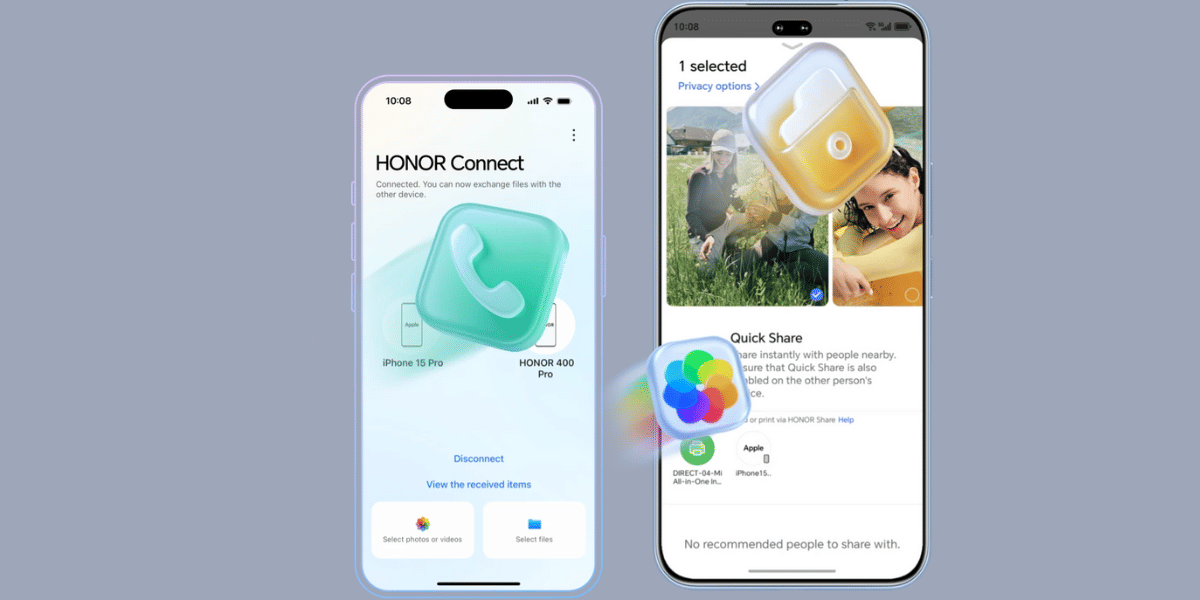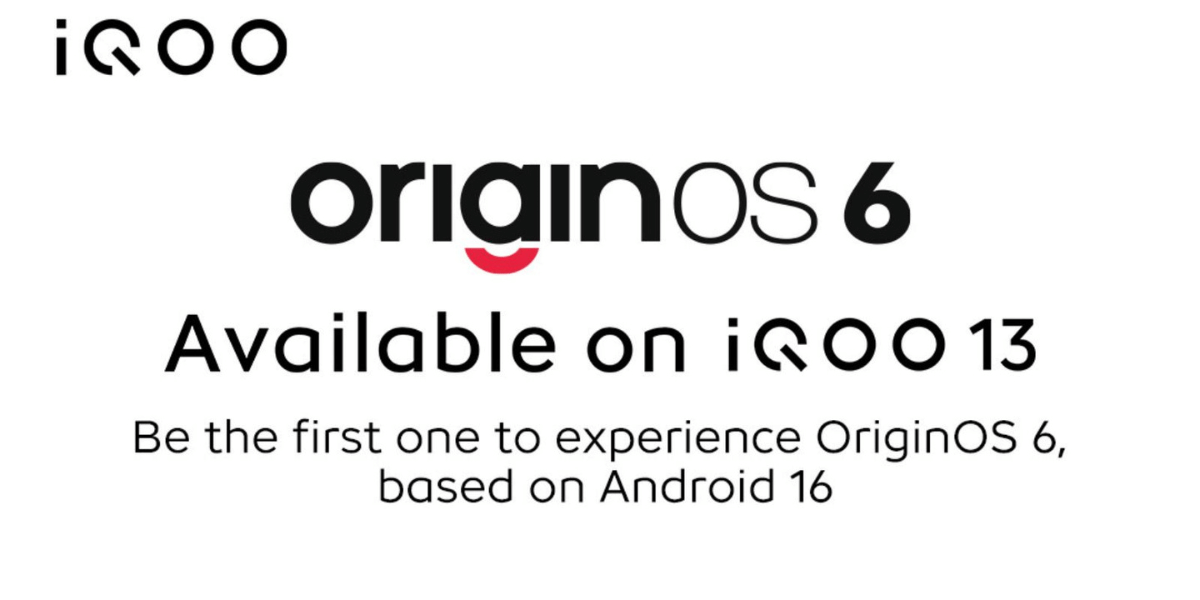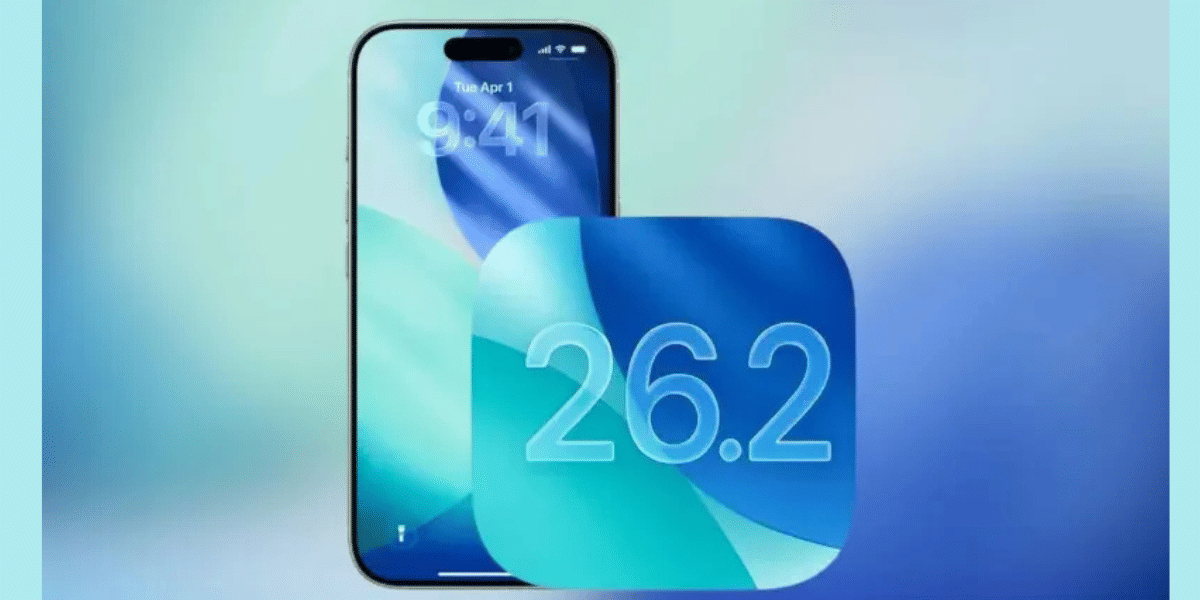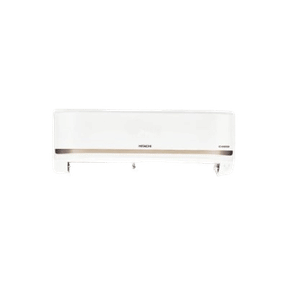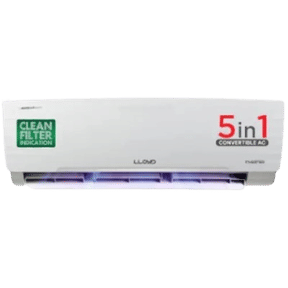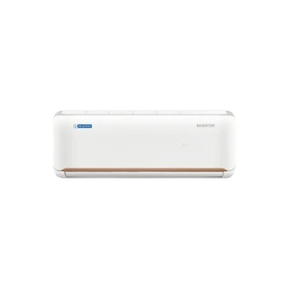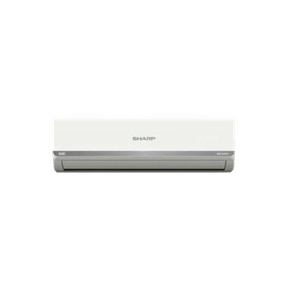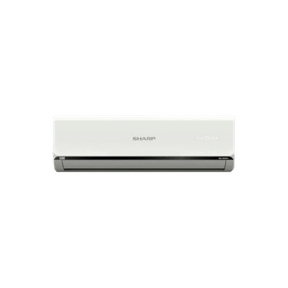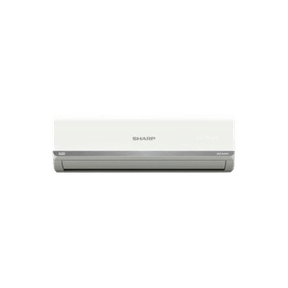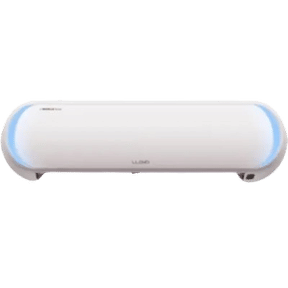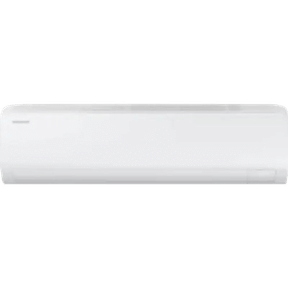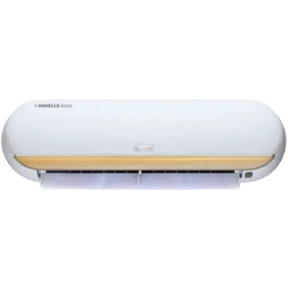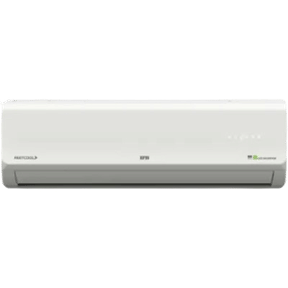During summers, temperatures in many parts of the world soar up to 45° Celsius or even more. In such a condition, air conditioners become more than just a luxury. However, it is quite costly to run ACs, especially in areas with high humidity.
Air conditioners consume humongous amounts of electric power every year, causing adverse impacts on the environment. Solar Air Conditioners come to the rescue here, as they do not require any source of energy other than the Sun. Just to recap, Solar power is the conversion of energy from sunlight into electricity, by either directly using photovoltaic cells or indirectly using concentrated solar power.
Also Read: AC Buying Guide 2022 | How To Make The Right Choice
What Is Solar AC And How Does It Work?
Types of Solar AC Systems
There are primarily two types of Solar Air Conditioning systems, namely Thermal Work Driven systems and Electric Photovoltaic cell-driven systems. The thermal work-driven systems are based on thermodynamic processes in which heat energy absorbed from the sun is utilized. This system requires refrigerant liquids such as ammonia and zeolites.
On the other hand, Photovoltaic Solar Cooling systems are based on utilizing the potential of electromagnetic waves falling on the surface of the earth. They consist of batteries, inverters, and semiconductors.
How do Photovoltaic Solar Air Conditioners Work?
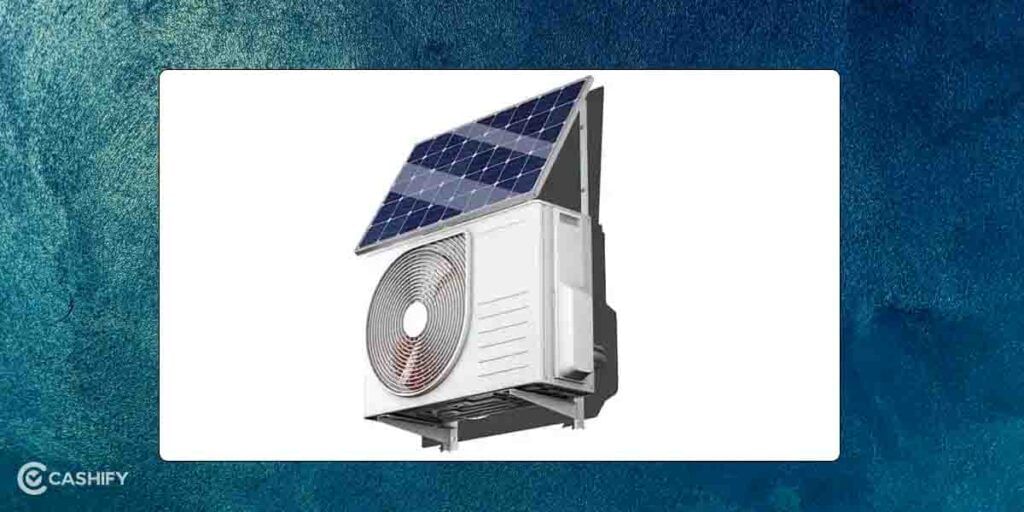
The energy received in the form of sunlight is absorbed by solar panels. These solar panels are primarily made up of grids of Photovoltaic cells. The Photovoltaic cells (PV Cells) are made up of semiconductors such as Silicon and Germanium. These semiconductors have a special property that allows electricity to be conducted when any form of electromagnetic wave with appropriate energy falls on their surface.
Since a large portion of sunlight consists of high-energy electromagnetic waves, Solar Energy becomes a usable resource for electric energy generation. The electric energy thus generated is either directly used to provide power to appliances, or it is stored in suitable batteries for future use.
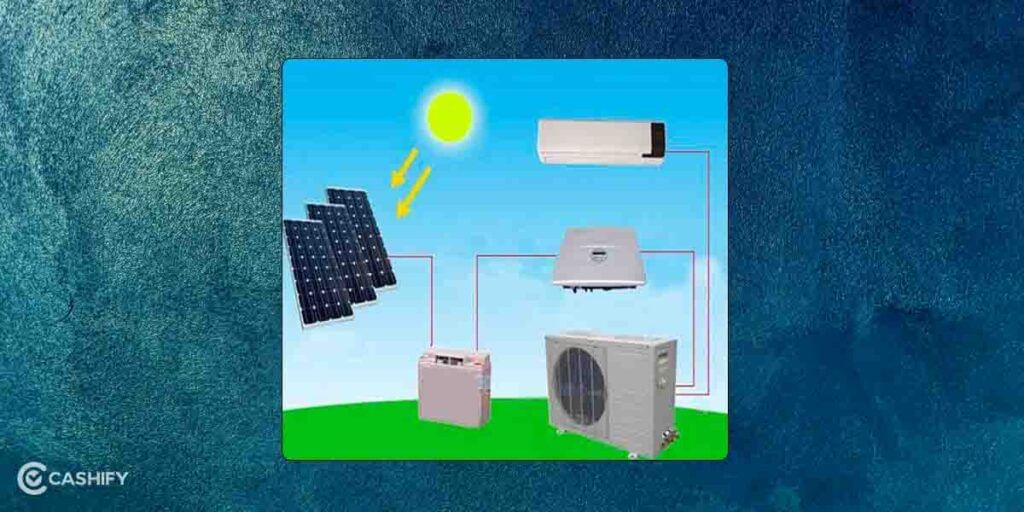
Solar energy is now inverted to alternating current (AC) to run the appliances in the house or building, including the air conditioners. Nowadays, some appliances including Solar Air Conditioners are based on Direct Current (DC). To operate them, the AC needs to be converted into DC by using a rectifier.
Also Read: Explained: Different Types Of Air Conditioners
How do Thermal Solar Air Conditioners Work?
Regular Air Conditioners use a compressor, in which a refrigerant, mostly water or ammonia, is pressurized using electricity. On the other hand, a Thermal Solar Air Conditioner uses an absorber and a generator instead of a compressor.
Thermal collectors are used in such systems, which help to harness heat energy from sunlight. This energy then directly works to turn an electric generator to power the compressor responsible for the refrigeration process in the air conditioning system. However, this type of Solar Air Conditioning system is running out of fashion, due to a few limitations. They are significantly less efficient than Photovoltaic Solar Air Conditioner systems. This is because Thermal based Solar AC systems lose a substantial amount of energy while converting it from one form to another. Also, it is easier to store electric energy from Photovoltaic Cells than from thermal energy.
Solar Air Conditioners: The Pros and Cons
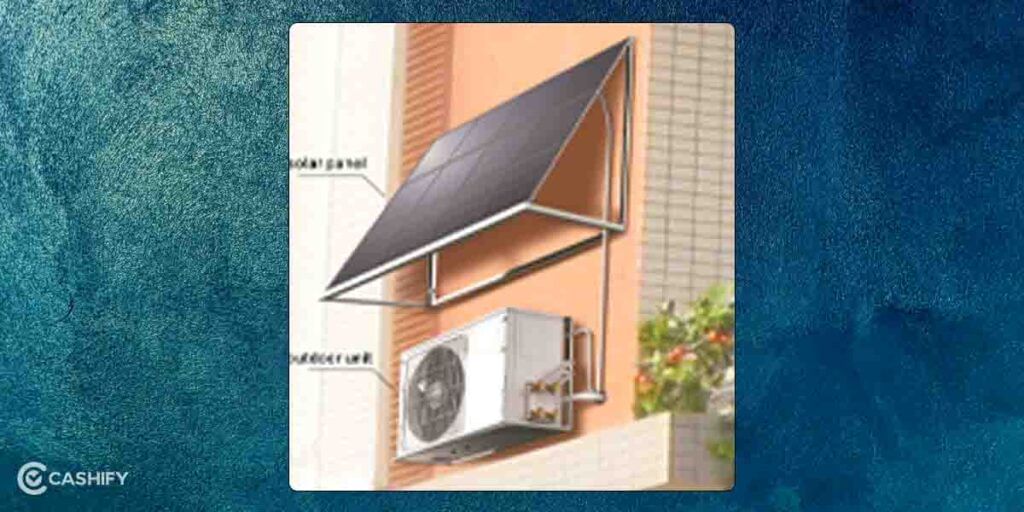
PROS
1. Low Running Cost: Since Solar ACs utilize a free-to-all energy resource, i.e Sunlight, they require negligible or no external power to function.
According to a few reports, solar-powered air conditioning could save you as much as 50% on your annual or monthly energy bills.
2. Sustainable and Environment-Friendly: Solar energy is undoubtedly the cleanest and the most sustainable form of energy. It reduces the need to exploit fossil fuels to produce electricity.
3. Low Maintenance: Solar panels require little or no maintenance. They get cleansed when it rains and continue to function thereafter.
4. Independence from Power Cuts: Regular Air Conditioners are unable to work during power cuts since they are quite heavy to run on battery. Solar ACs solve this problem by continuously chilling your room using Solar power.
Also Read: BEE Star Labels For Appliances Explained
CONS
1. High Up-Front cost: Solar Air Conditioners are expensive to set up. Since they consist of costly components such as semiconductors grids, the up-front cost that you need to bear is quite high.
2. Dependence On Climate: Solar Air Conditioners are suitable to install in areas where Sunlight is in abundance, and the monsoon season doesn’t last too long. Thus, they might not be advantageous throughout the year.
3. Aging of Solar Panels: After some years of usage, it is commonly seen that Solar panels stop functioning to their maximum potential. Thus, it affects the working of the Air conditioner when enough power cannot be drawn.
4. Less Popular among General Public: Solar energy is yet to reach the masses, especially in developing nations such as India and Indonesia. Thus, it becomes difficult as well as expensive to get services for these complex appliances.
Also Read: TV Buying Guide 2022: How To Choose The Right One?






















